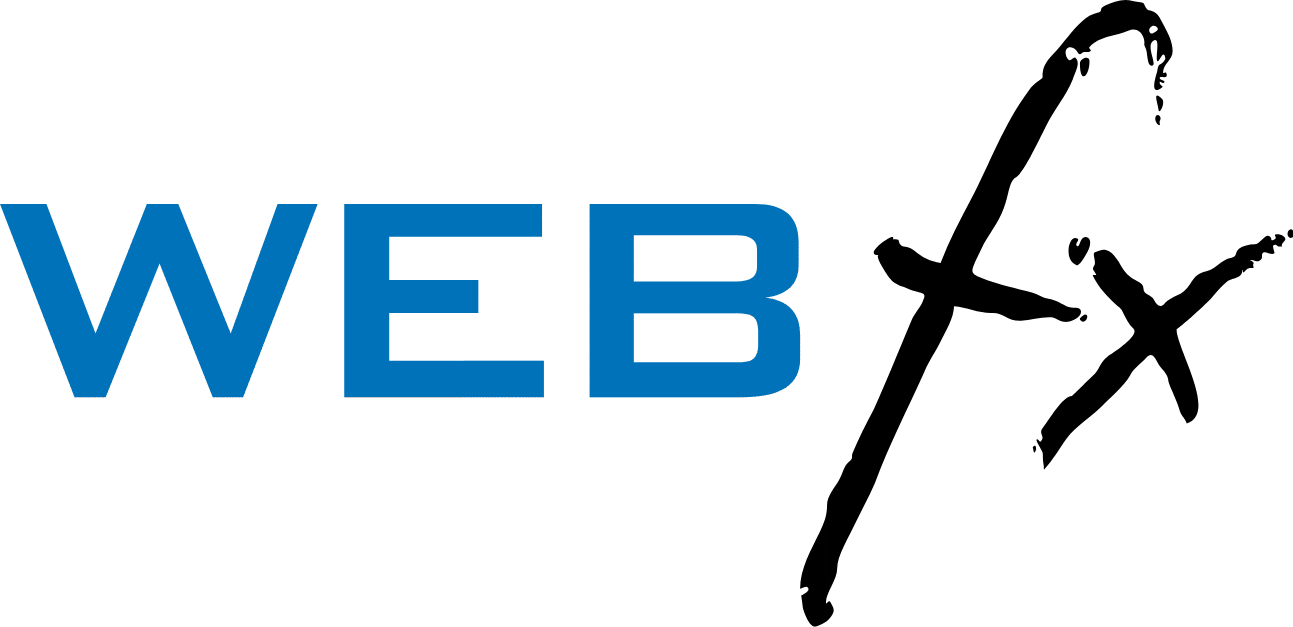The speed and performance of a website are critical factors that determine where a website ranks in search engine results. Having a high rank in search result pages can attract more visitors to a website, ultimately leading to more conversions. A website design and development company in Guyana, can ensure that your business website loads quickly and operates smoothly, giving you a competitive edge essential to your online success in the increasingly crowded digital space in Guyana.
A high-performing website can be achieved through the implementation of advanced techniques for web performance optimization. This article explores methods such as lazy loading, code minification and server-side optimizations that can enhance your website’s speed, performance and overall user-experience and help you come closer to your business’s online objectives.
Understanding web performance optimization
Web performance optimization is the process of improving the speed and responsiveness of a website to enhance user experience. By optimizing various elements, including code, images and server configurations, you can reduce load times and ensure a smooth and seamless navigation for visitors.
Read more on the impact of responsive website design on user experience.

Advanced techniques for speedy websites
1. Lazy Loading:
Lazy loading is a technique that delays the loading of non-essential resources until they are needed. By implementing lazy loading for images, videos and JavaScript files, you can significantly reduce initial page load times. This is particularly beneficial for websites with extensive multimedia content or long-scrolling pages.
To integrate lazy loading into your website, consider using JavaScript libraries such as LazyLoad.js or implementing the native loading attribute for images and iframes. Prioritize the loading of above-the-fold content to ensure that essential elements of your website are shown first, while non-essential content is loaded asynchronously as the user scrolls.
Read more on the 6 website development myths to debunk.
2. Code Minification:
Code minification involves removing unnecessary characters, such as whitespace and comments from HTML, CSS and JavaScript files to reduce the file size. Smaller file sizes lead to faster download times, which in turn improves page load speeds and website performance.
Automated tools like UglifyJS for JavaScript and CSSNano for CSS can be used to minify your code during the build process. Additionally, enabling compression (e.g., gzip) on your web server further reduces file sizes before they are transmitted to the client’s browser. A website development company will understand these technicalities well enough to guide you through the right optimization choices for your business website’s specific needs.
3. Server-Side Optimizations:
Optimizing server-side components can have a significant impact on website performance, especially for dynamic websites or web applications. Consider implementing the following optimizations:
Caching: Utilize caching mechanisms, such as browser caching and server-side caching to store frequently accessed resources and reduce server load.
Content Delivery Networks (CDNs): Distribute your website’s content across geographically dispersed servers to minimize latency and improve load times for users in different regions.
HTTP/2: Upgrade to the HTTP/2 protocol to take advantage of multiplexing, header compression and other performance-enhancing features over its predecessor, HTTP/1.1.

4. Image Optimization: Striking a balance between quality and size
Images play a pivotal role in web design, but they can also be a major contributor to slow load times if not optimized properly. To strike a balance between image quality and file size, consider the following techniques:
Compression: Utilize image compression tools or plugins to reduce the file size of images without significantly compromising quality. Popular options include TinyPNG, JPEG Optimizer, and ImageOptim.
Responsive Images: Implement responsive image techniques, such as using the srcset attribute in HTML or the picture element to serve appropriately sized images based on the user’s device and viewport size.
Lazy Loading Images: Extend lazy loading techniques to images, ensuring that only images within the user’s viewport are loaded initially, with others being loaded as the user scrolls down the page.
As a website design and development company in Guyana, prioritizing web performance optimization is essential for delivering high-quality websites and to meet the expectations of end-users. By implementing advanced techniques such as lazy loading, code minification and server-side optimizations, you can ensure that your websites load quickly, operate smoothly and provide an exceptional user experience.
Contact Webfx for a technical analysis of your website so we can help you optimize it for best performance. If your business in Guyana needs a new website or a website upgrade, get in touch with our team of skilled web developers and designers to ensure business website development supported by a sound technical structure.
